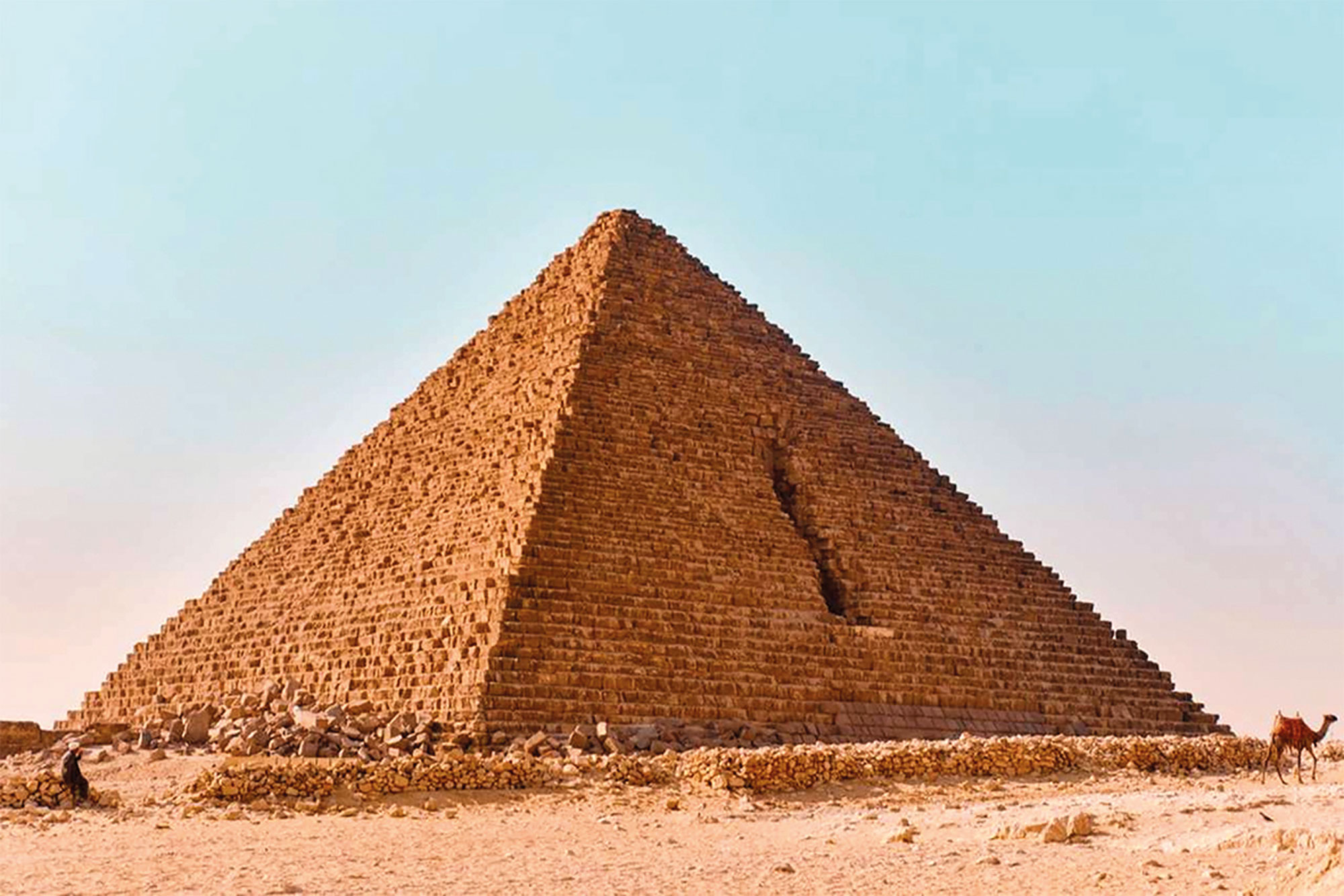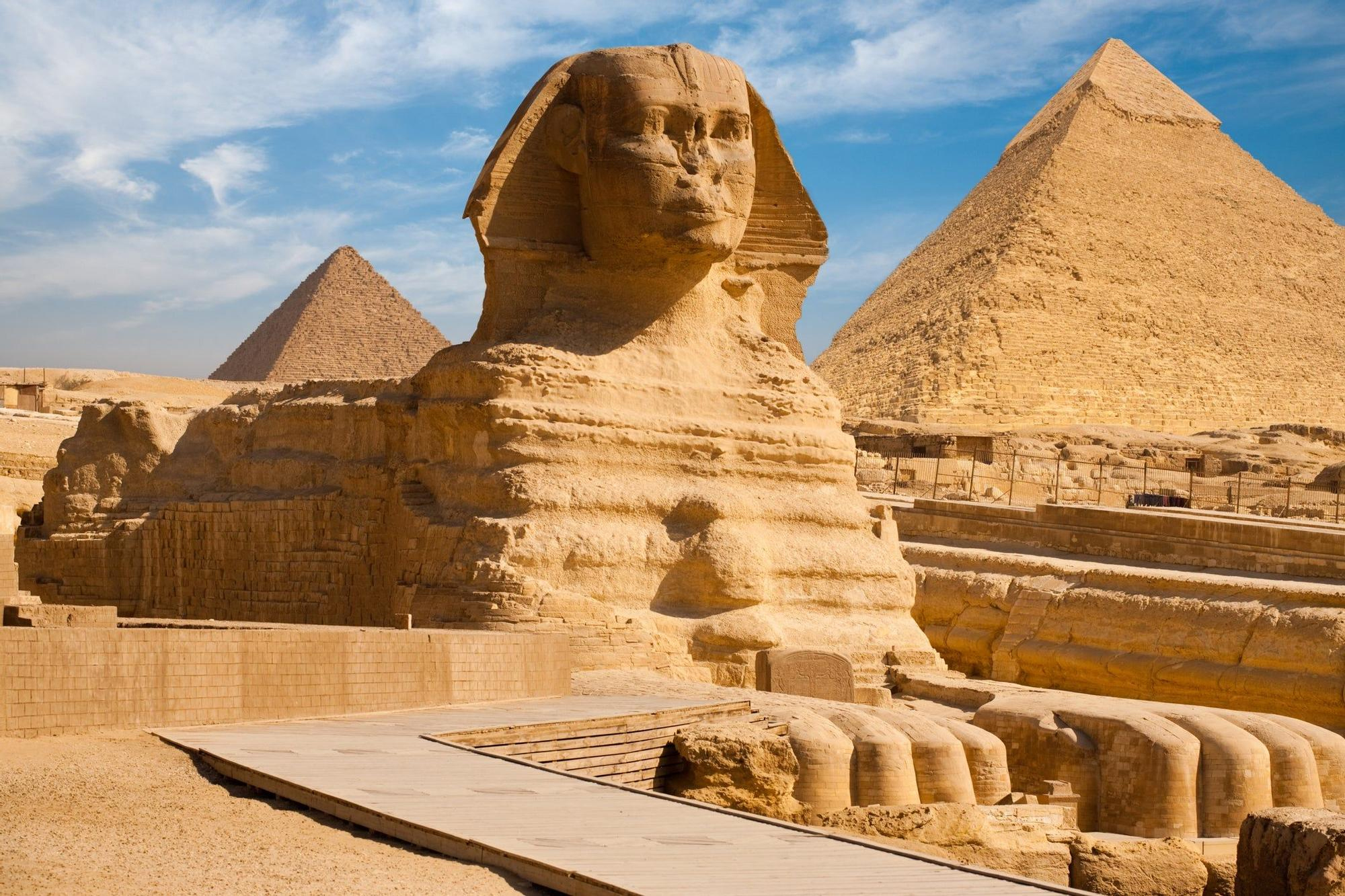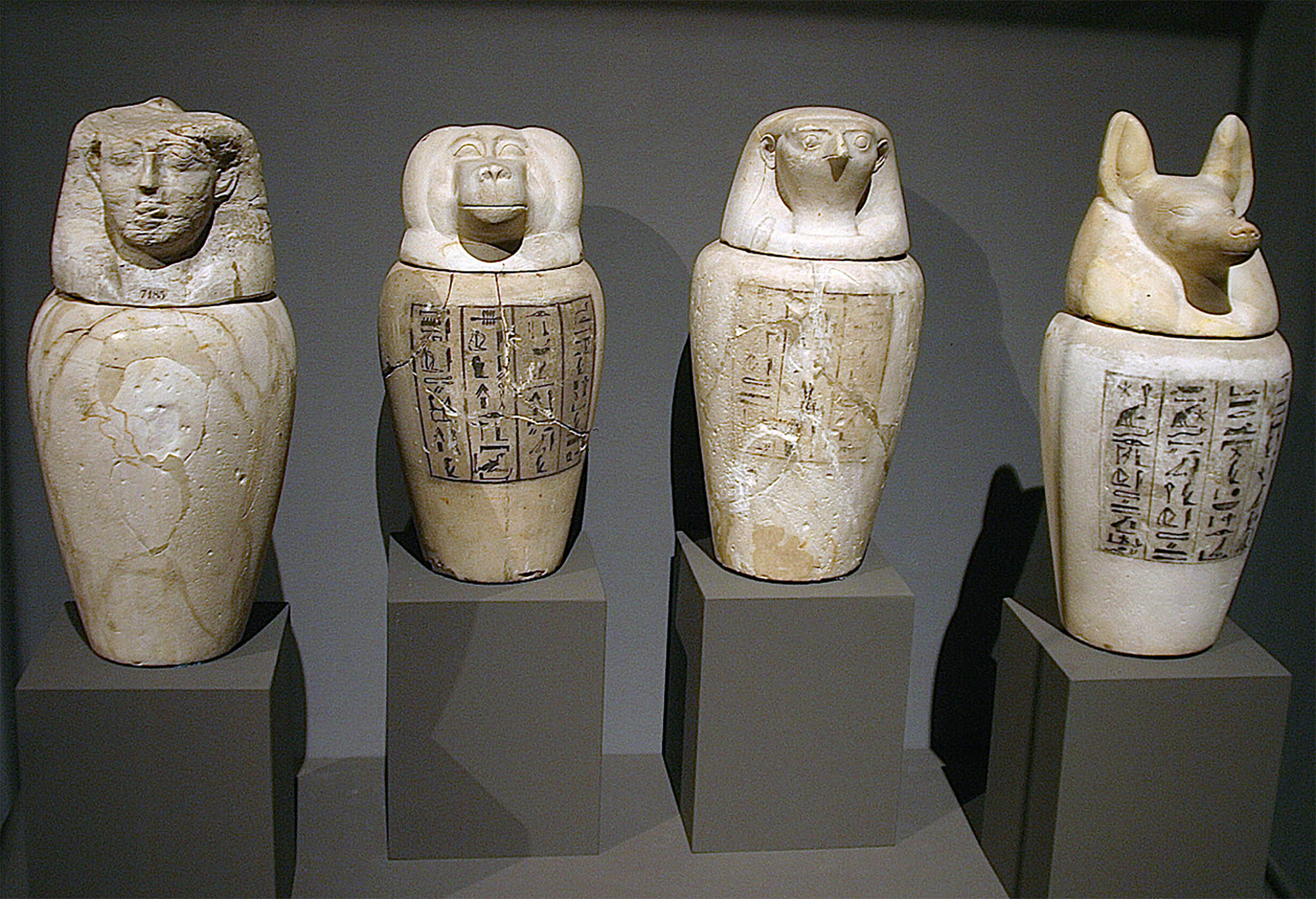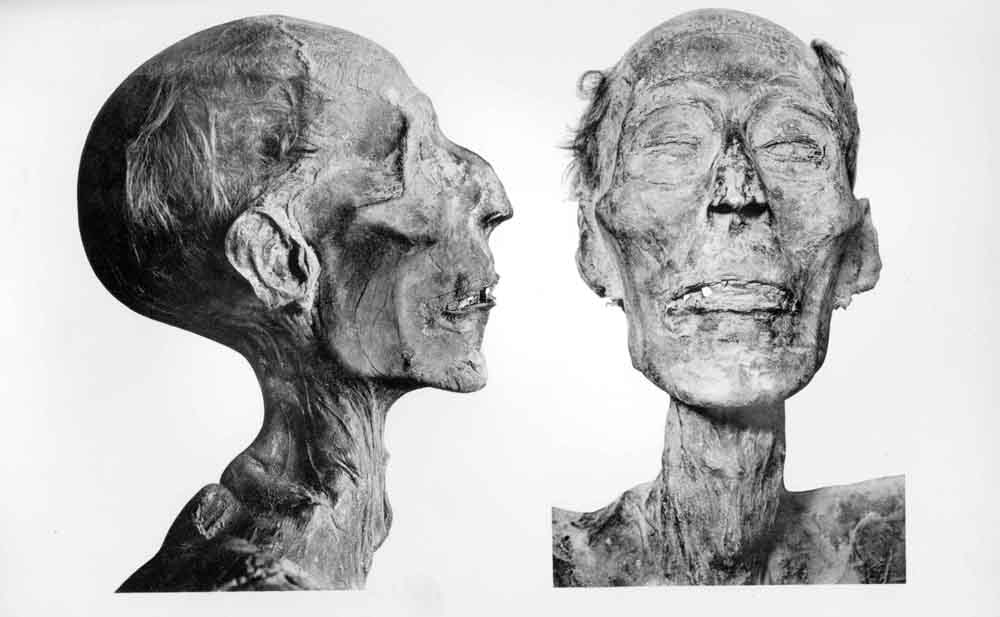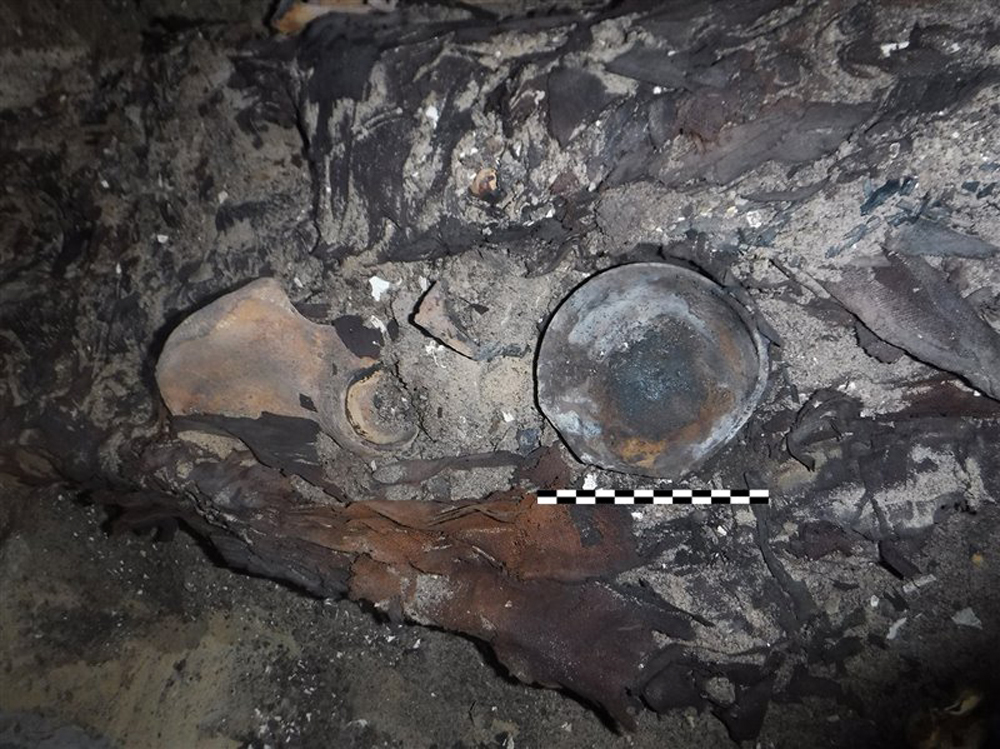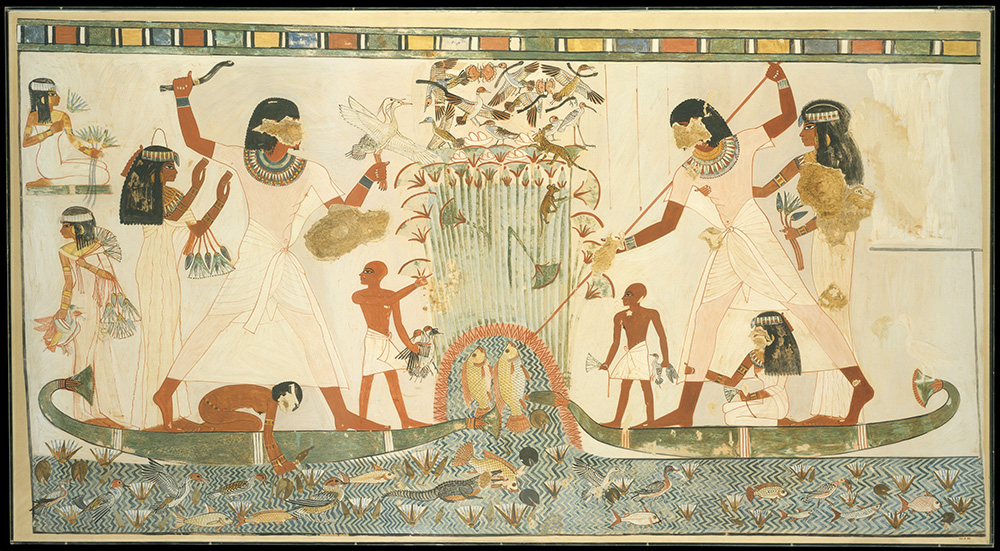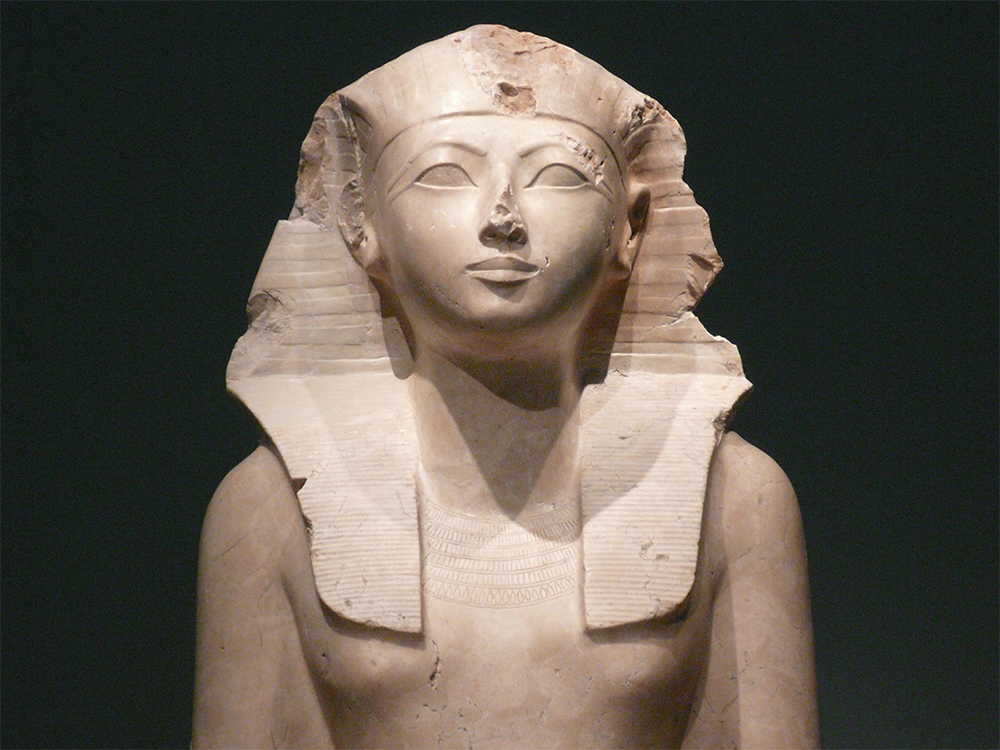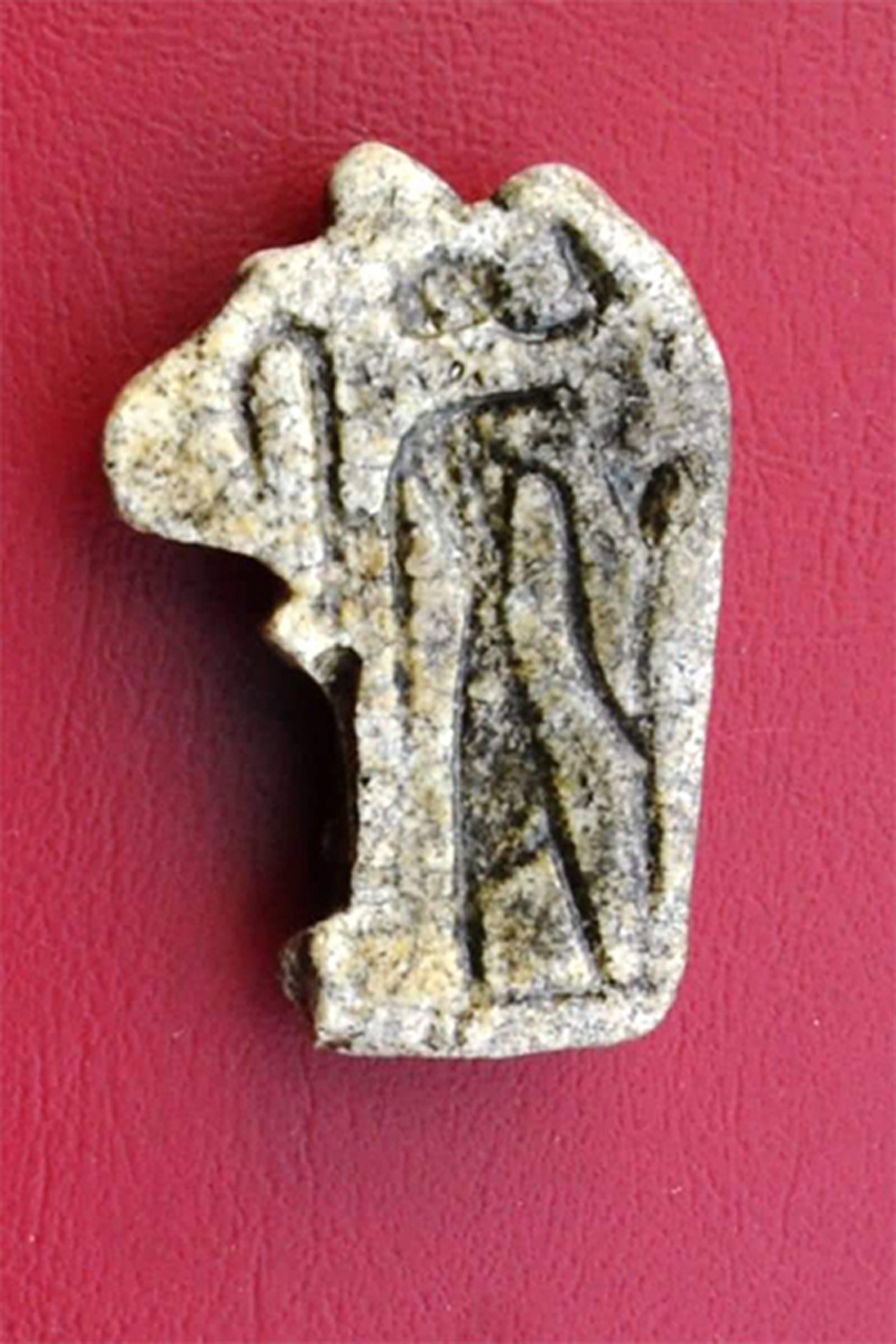Pepi II, Pharaoh rubbing insects
- Pepi II or Neferkara Pepi was the last pharaoh of the sixth dynasty. According to sources of Antiquity, he ascended to the throne as a child and was in power for over 90 years. 2278 to 2184.
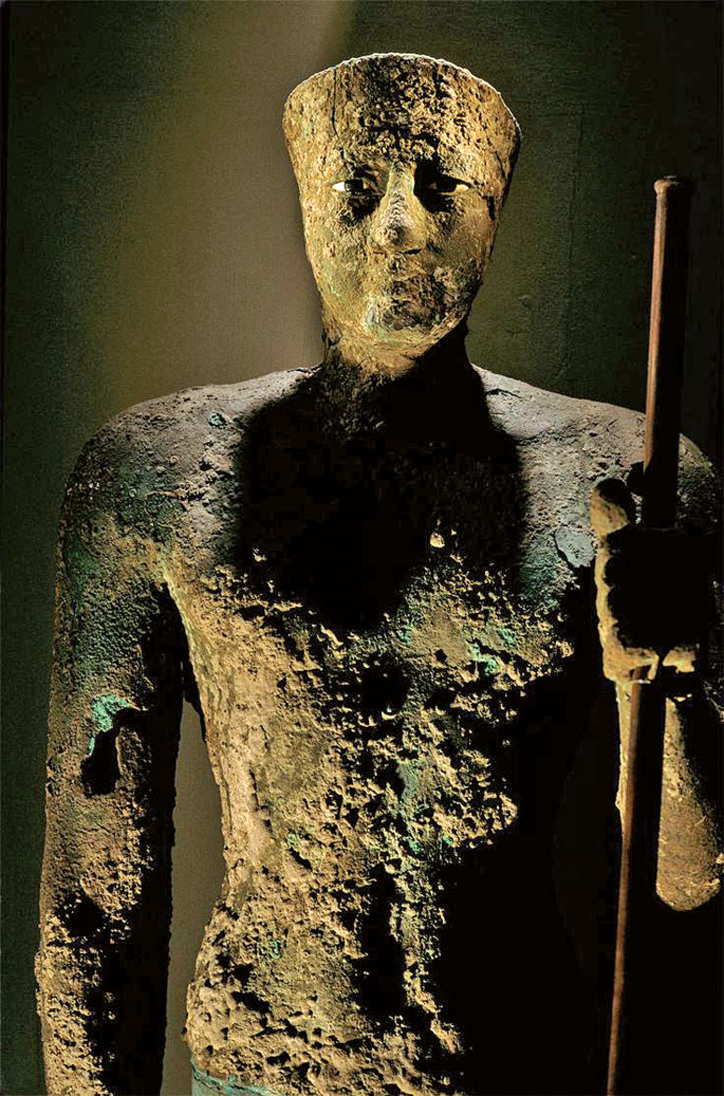
He did not take advantage of all these years to strengthen the central power of Pharaoh. On the contrary, the regional monarchs exerted increasing influence. But that doesn't mean that Pepi didn't exercise his almost all-powerful power. Among other things, he achieved an effective method of scare the insects; an incentive for Pharaoh. The slaves were made to cover their bodies with honey, so that all the insects were directed towards them, leaving Pharaoh alone.
Mostafa Waziri, Secretary General of the Upper Ancient Council of Egypt, recently presented the gigantic restoration project of the Mizerino pyramid: They will cover the man's smallest pyramid with granite blocks to regain its original appearance. Although Waziri has... [+]
Researchers at the Conservation Centre of the Egyptian Museum of Cairo have found that Eutrema japonicum or Cochlearia wasabi radish is suitable and effective for the cleaning and conservation of papyrus. That is, the wasabi used mainly in the Japanese kitchen, for its... [+]
Nilometroak Nilo ibaiaren ibilgu naturaletik hurbil eraikitzen zituzten era askotako eskalak ziren: eraikin konplexuak ziren batzuk, beste batzuk putzu soilak edo harrian zulatutako eskailerak. Antzinako Egipton, basamortua zeharkatzen duen Nilo ibaia funtsezkoa zen nekazaritzan... [+]
Hiru kontzeptuok aztertu eta antzinako egiptoarren sinesmenekin lotu ditu Brown unibertsitateko (AEB) Victoria Almansa Villatoro egiptologoak (Journal of Egyptian Archaeology).
Egipto, K.a 2162 edo 2191. Nitokris faraoiaren bi urteko erregealdia amaitu zen eta, hala, VI. dinastia amaitu eta Egiptoko lehen tarteko aroa hasi zen.
Nesiamon duela 3.000 urte inguru Karnakeko Amonen tenpluan jardun zuen apaiz egiptoarra izan zen eta haren momia Leedseko (Ingalaterra) museoan egon da 1823az geroztik.











